What Is a Goshuin?
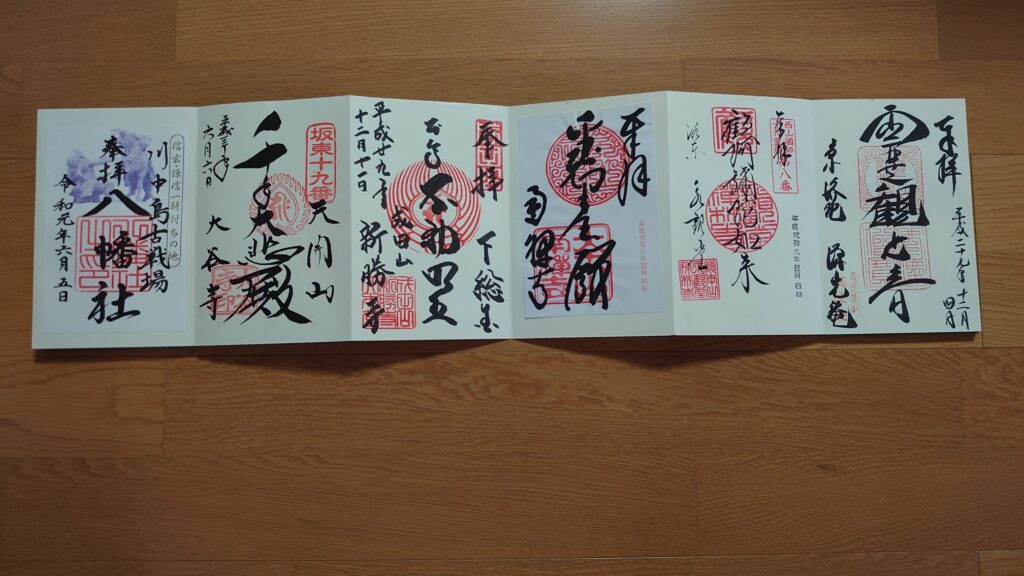
shrine staff, making every seal a one-of-a-kind piece
of spiritual art
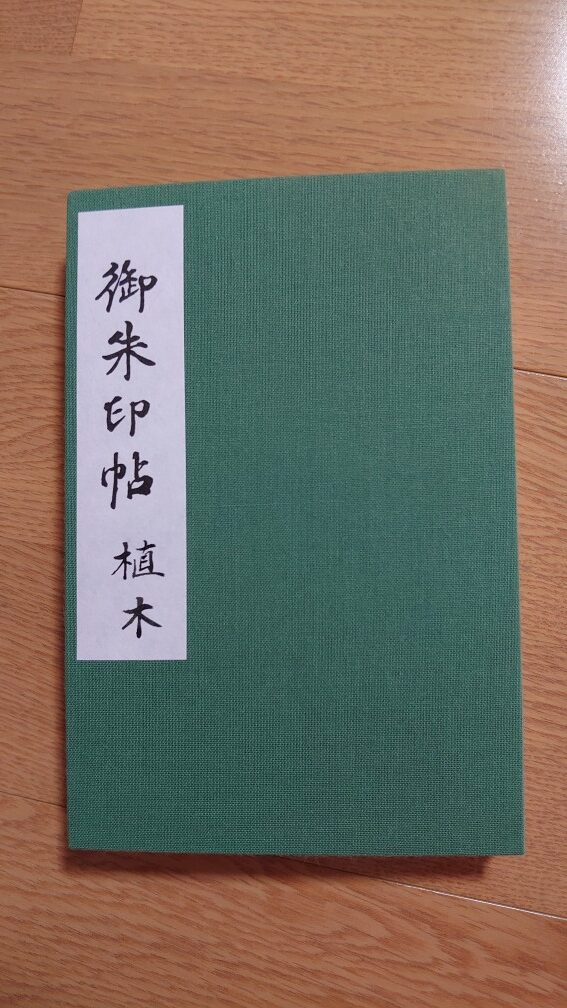
the special notebook
for collecting sacred
temple and shrine seals
A Goshuin (御朱印), sometimes simply called Shuin (朱印), is a sacred seal stamp received as a record of one’s visit to a Buddhist temple or Shinto shrine. Traditionally, it was issued to those who offered a handwritten copy of a sutra (Shakyo 写経). Today, anyone who visits and pays proper respect can receive a Goshuin, which is beautifully inscribed in a special notebook.
The seal, usually a rich vermilion color, is accompanied by elegant black calligraphy. For temples, it typically includes the name of the principal image (Gohonzon) enshrined there; for shrines, it usually features the name of the shrine itself, along with the date of the visit. These are not machine-made stamps — they are written by temple or shrine staff, often monks or priests, and are unique to each place.
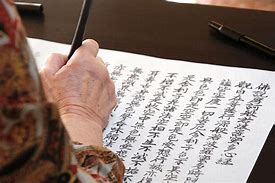
A Practice Rooted in Faith
The origin of Goshuin dates back to the late Heian period (12th century), when Buddhist pilgrims would visit sacred sites and offer a handwritten sutra (Shakyo) in devotion. In return, they received a seal in their Nokyo-cho (納経帳), or “sutra dedication book,” as proof of their faith and effort.
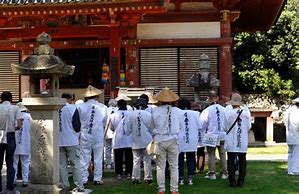
Copying sutras was not only an expression of belief but also a form of ascetic training. Even in the Edo period (17th–19th centuries), when Goshuin became more accessible to ordinary people, offering a sutra was often still required.
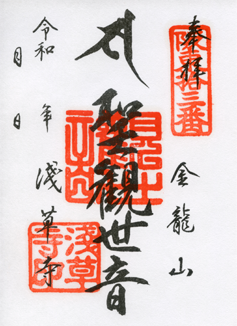
down:a tourist stamp
from a train station.
similar in form, but
different in meaning.”
Some Goshuin still include the phrase 奉納大乗経典 (“Dedication of the Mahayana Sutra”) or 奉拝 (“Respectful Worship”), which reflect the origins of the practice.
Goshuin vs. Tourist Stamps: A Cultural Distinction
In recent years, collecting Goshuin has become popular among not only Japanese of all ages but also international tourists. Many are fascinated by the beautiful blend of vermilion stamps and black calligraphy, which feel uniquely Japanese.
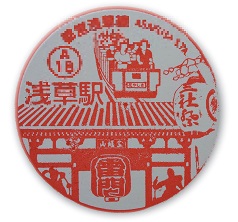
However, some visitors confuse Goshuin with ordinary tourist or train station stamps (known as “Eki Stamps”). There have been cases where tourists present notebooks filled with station stamps and ask, “Do you have a stamp?” at temples or shrines.
Goshuin are not souvenirs in the usual sense. They are religious artifacts — sacred mementos of a spiritual encounter. They deserve to be received with a sense of reverence and gratitude.
How to Receive a Goshuin Respectfully
– First, visit the temple or shrine properly — offer a prayer or pay respects.
– Use a Goshuin-cho, not an ordinary notebook.
– Be polite and avoid rushing or demanding.
– Offer a small fee (usually 300–500 yen) — this is not a “price” but a donation of appreciation.
– Do not ask for personalization — Goshuin are not souvenirs but religious records.
Understanding the Name “Shuin” (朱印)
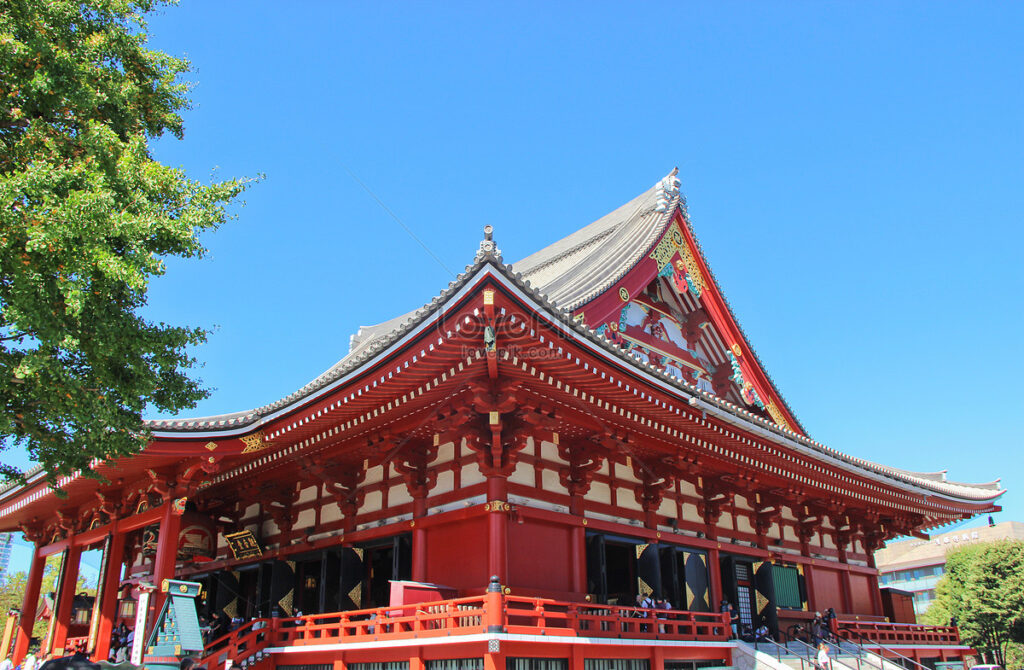
The word Shuin is made up of two kanji:
– 朱 (Shu): vermilion, a sacred color seen on shrine gates (torii) and temple buildings
– 印 (In): seal or stamp
Together, “Shuin” means “vermilion seal.” Interestingly, the same term was also used in historical contexts quite different from religion.
Another Meaning of Shuin: Authority in History
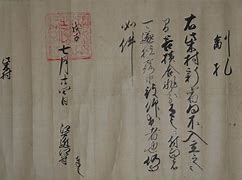
a licensed Japanese trading ship
from the Edo period, showing the secular
use of the same term ‘Shuin’.
During the Sengoku period (15th–16th century), military lords (daimyō) issued official documents stamped with a personal Shuin — a mark of political authority. These were called Shuin-jō (朱印状), meaning “vermilion-seal letters.”
One of the earliest recorded Shuin-jō was issued by Imagawa Ujichika in the early 16th century, granting a tax exemption. Later, Tokugawa Ieyasu used Shuin-jō to grant permission for overseas trade. Ships licensed this way were called Shuin-sen (朱印船, “vermilion-seal ships”).
A Message to All Visitors
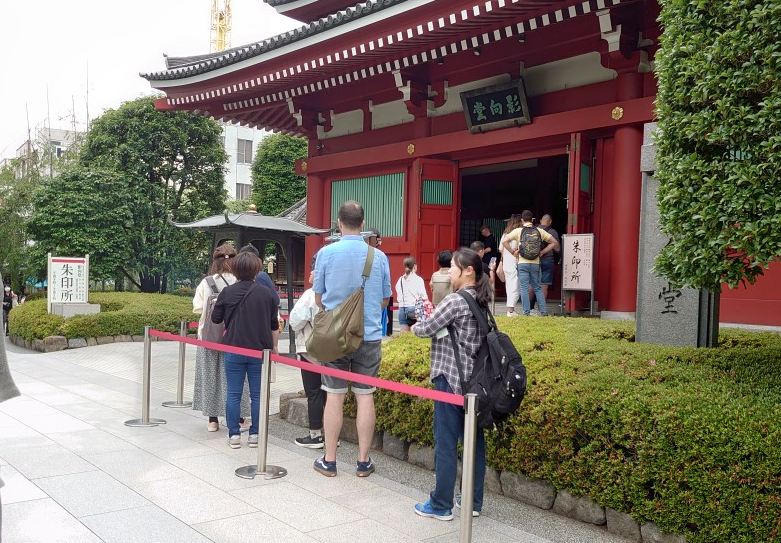
Understanding the background of Goshuin can deepen your appreciation for Japanese culture and spirituality. These sacred stamps are more than just decorative marks — they represent a quiet exchange between the visitor and the spiritual realm.
So when you line up to receive a Goshuin, I hope you do so with a heart of gratitude. In that simple moment — the pressing of ink, the flow of calligraphy — lives a piece of the Japanese spirit.
Share Your Thoughts
Have you experienced something similar in your own culture?
Your reflections are welcome.
💬 Jump to the comment section


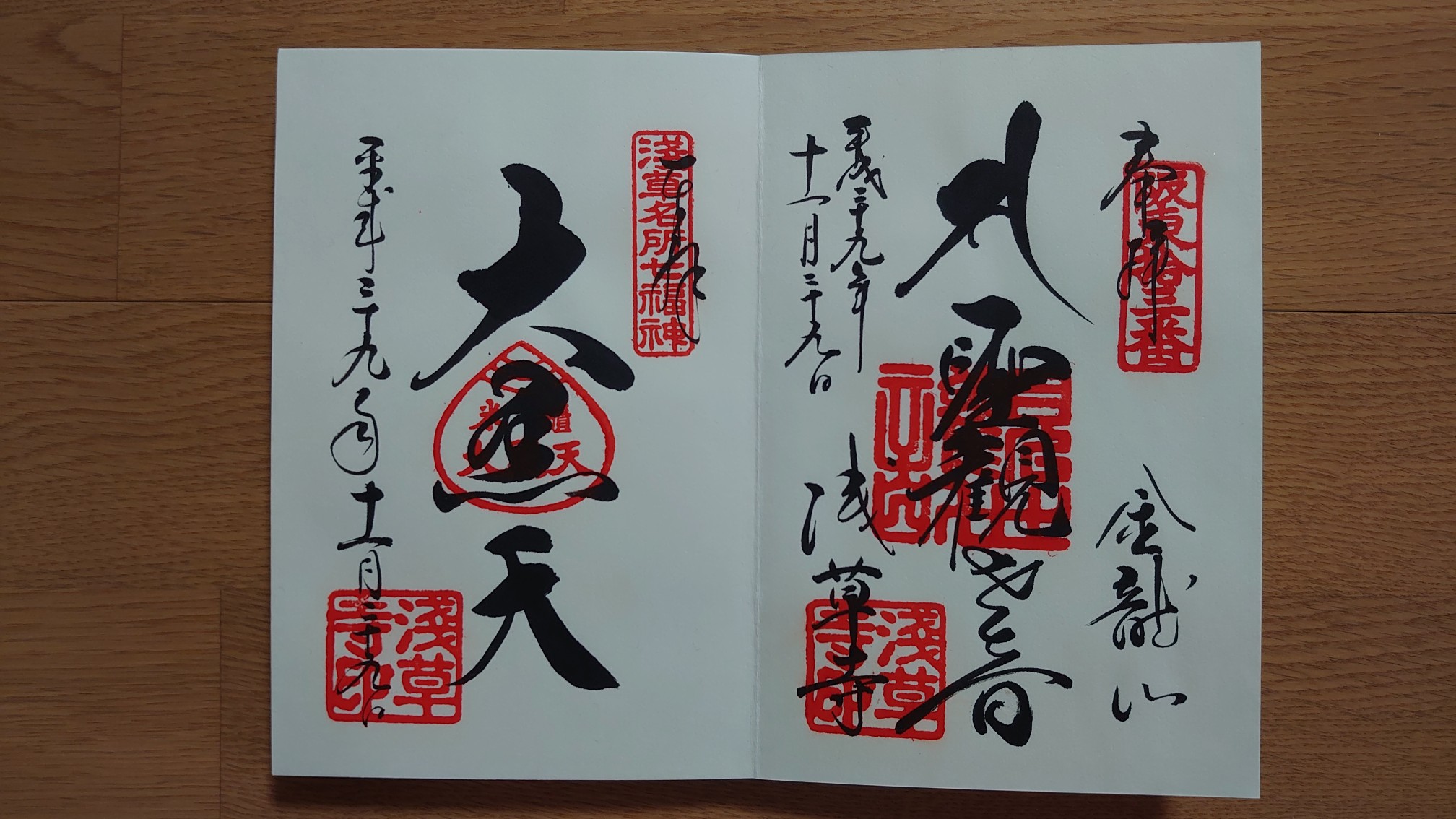


Share Your Perspective